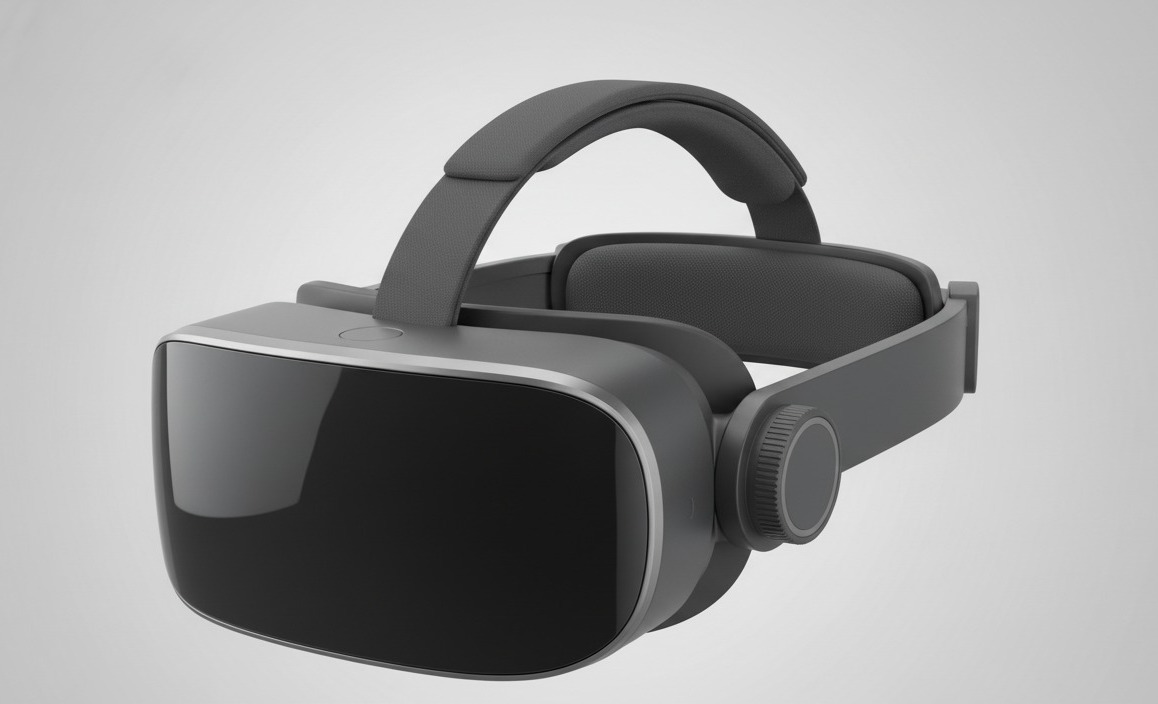Apple Unveils M5 Chip: A Big Leap for On-Device AI

Introduction
Apple has officially introduced its next-generation M5 chip, taking a massive leap forward in on-device artificial intelligence. Built on a cutting-edge 3-nanometer process, the M5 delivers exceptional power efficiency, lightning-fast performance, and advanced neural capabilities — setting a new benchmark for how AI will function on personal devices.
This innovation represents more than a performance upgrade — it’s Apple’s strongest push yet toward local AI processing, bringing privacy, intelligence, and speed together in one ecosystem.
Next-Generation Performance
At the heart of the M5 is a 10-core GPU with a Neural Accelerator embedded into each core. It’s paired with a 16-core Neural Engine, delivering over 25 trillion operations per second — making it roughly 30% faster than its predecessor, the M4.
Apple also introduced improved memory bandwidth and a more efficient unified memory architecture, allowing seamless handling of large workloads — from 8K video editing and 3D rendering to AI-driven tasks like generative design or image processing.
AI Power That Stays on Your Device
What makes the M5 truly revolutionary is its focus on on-device AI. While most AI models rely on cloud computing, Apple’s design enables real-time processing directly on the chip.
This allows users to enjoy lightning-fast smart features — such as auto-summarization, translation, or image generation — without sending sensitive data to the cloud. In other words, Apple has made AI not only faster but more private and secure.
The New 14-Inch MacBook Pro: Powered by M5
The first device to feature the M5 chip is Apple’s newly launched 14-inch MacBook Pro, offering up to 24 hours of battery life — the longest ever for a Mac.
Running on macOS Tahoe, this laptop integrates tightly with Apple Intelligence, the company’s built-in AI platform. From creative professionals to developers and business users, the new MacBook Pro delivers unprecedented speed for AI-enhanced workflows while remaining lightweight and power-efficient.
Why the M5 Chip Matters
Apple’s silicon journey has consistently redefined computing performance — from M1 to M5 — but this release signals a strategic shift: the fusion of hardware, software, and intelligence.
By empowering AI to run locally, Apple ensures that users can work smarter, create faster, and do more without sacrificing privacy. This move also positions Apple as a leader in the AI hardware race, ahead of traditional PC makers still relying on third-party chips.
Looking Ahead
With the M5 chip, Apple is setting the foundation for an AI-first future — one where devices learn, assist, and adapt to users more naturally. Experts expect future iPads, iMacs, and even iPhones to feature the M5 or its variants, bringing the same level of AI-driven performance to the broader Apple ecosystem.
As Apple continues to blur the line between human creativity and machine intelligence, one thing is clear: the future of computing is personal, private, and powered by on-device AI.







